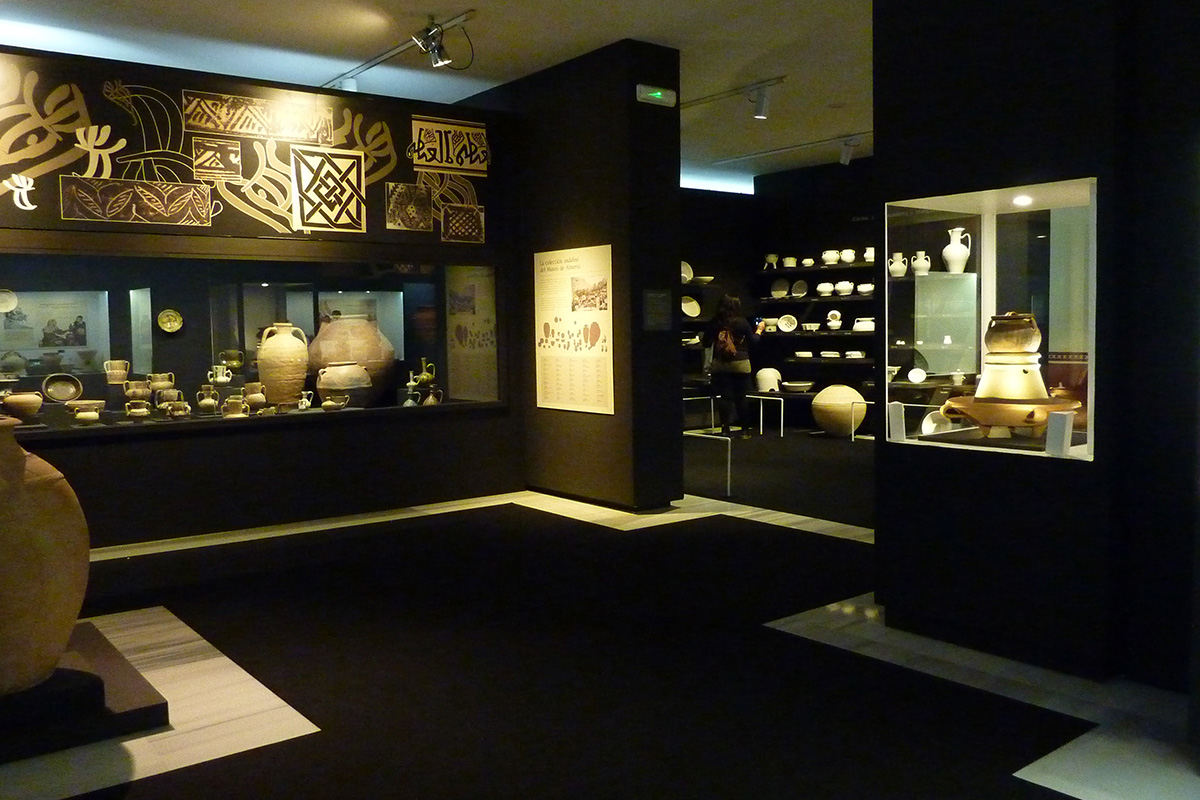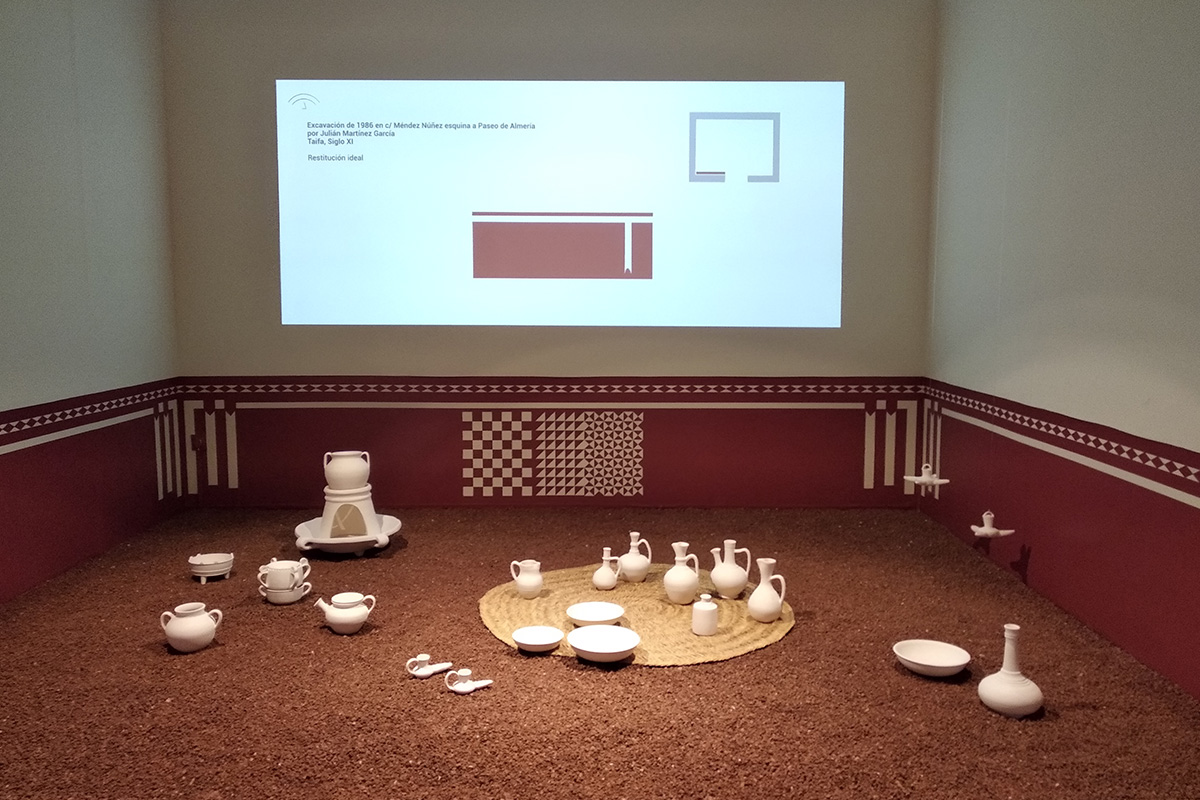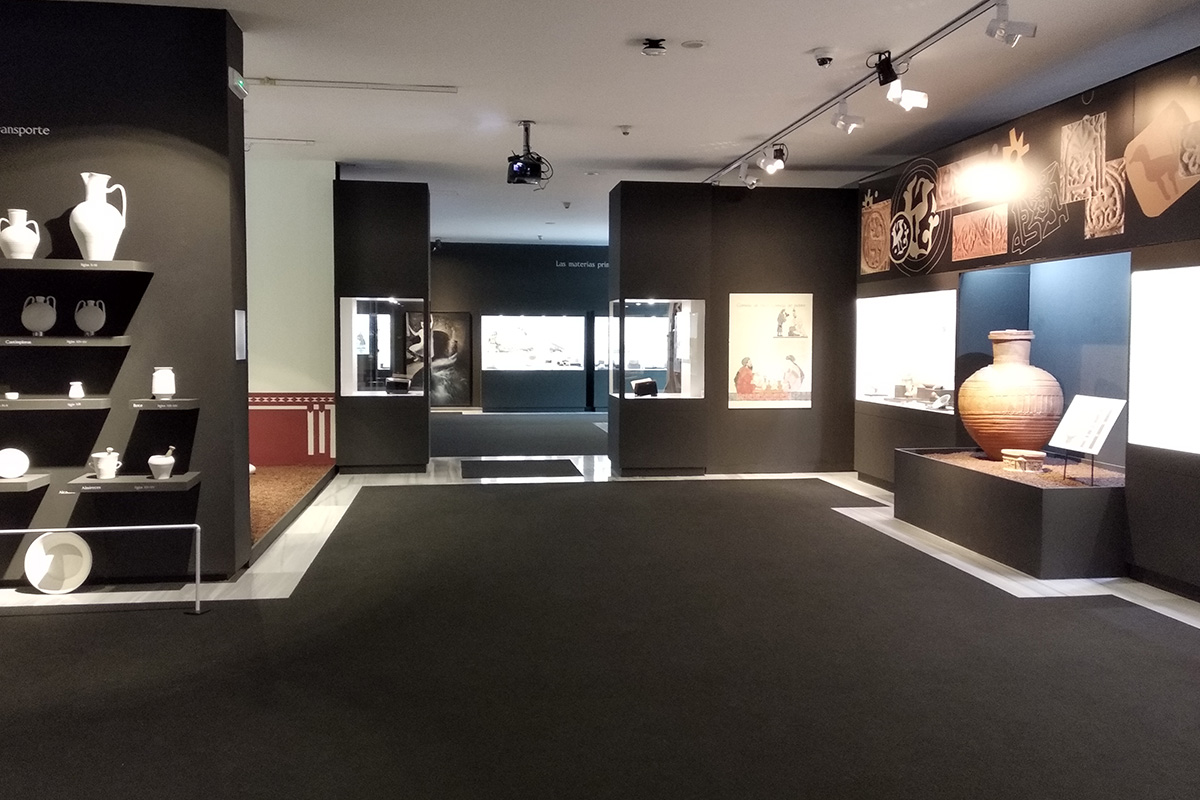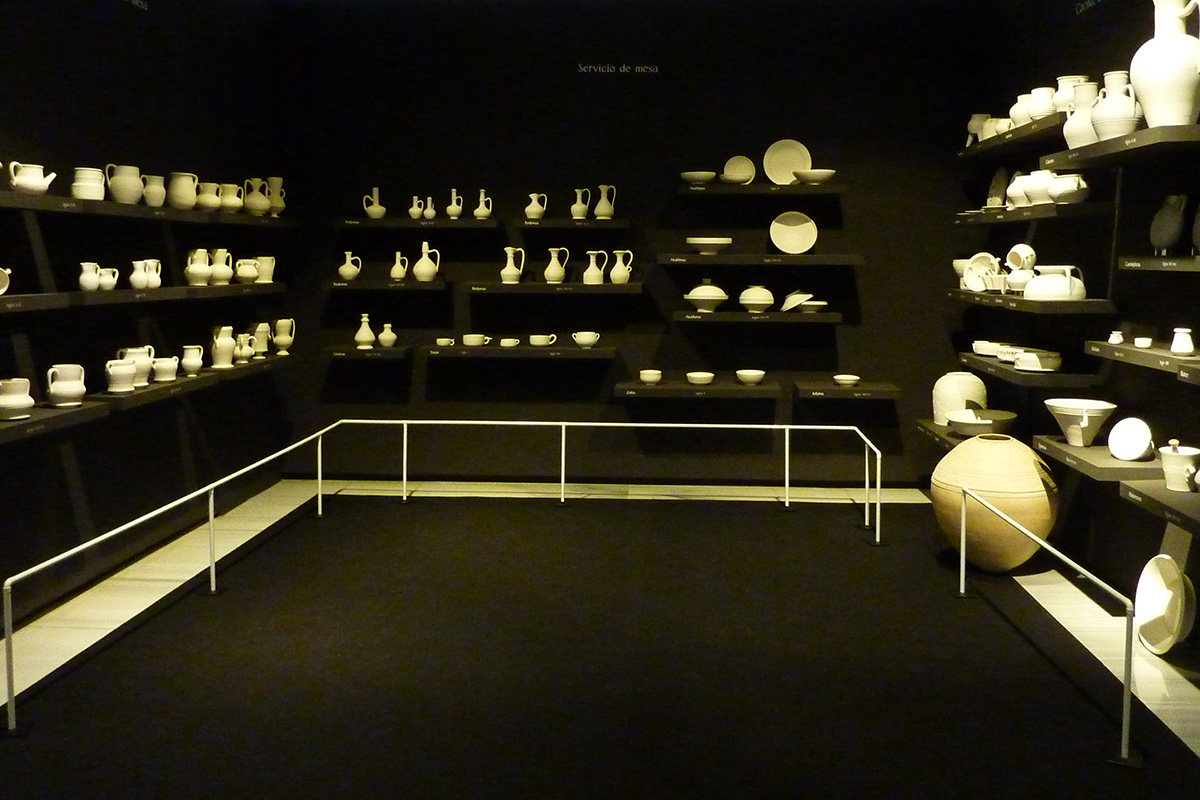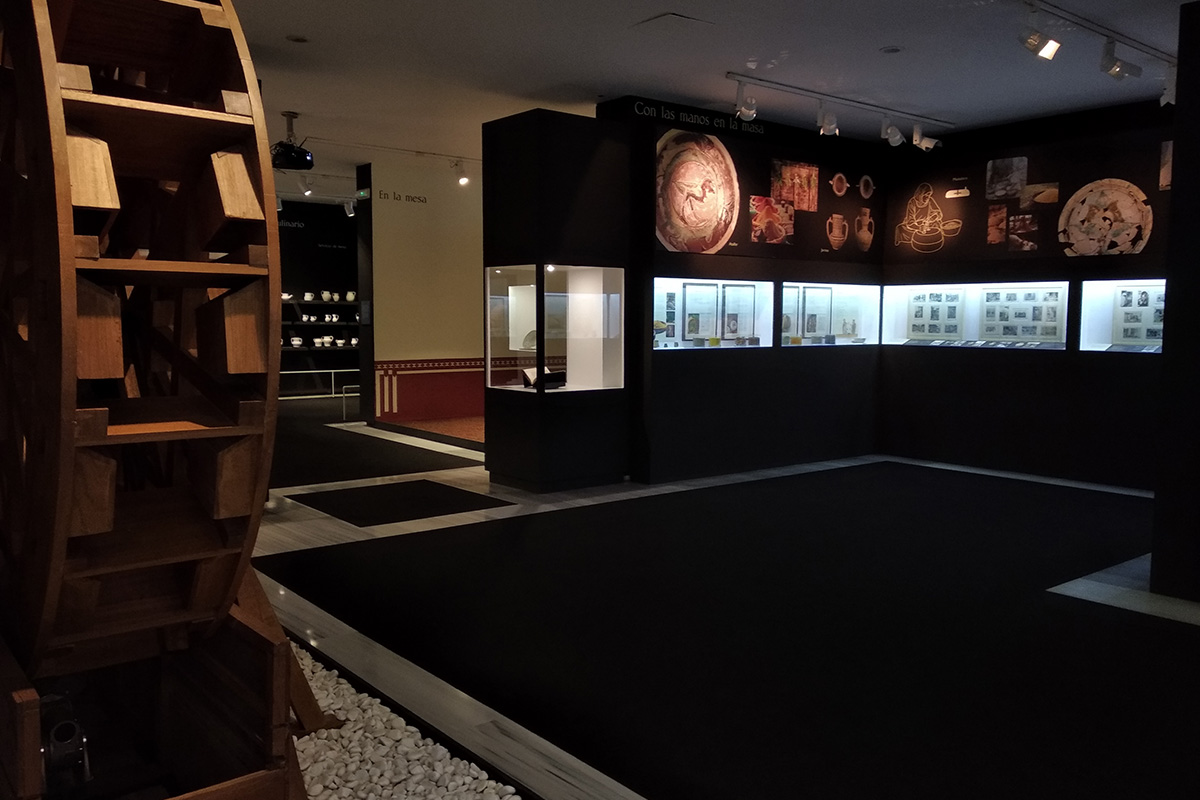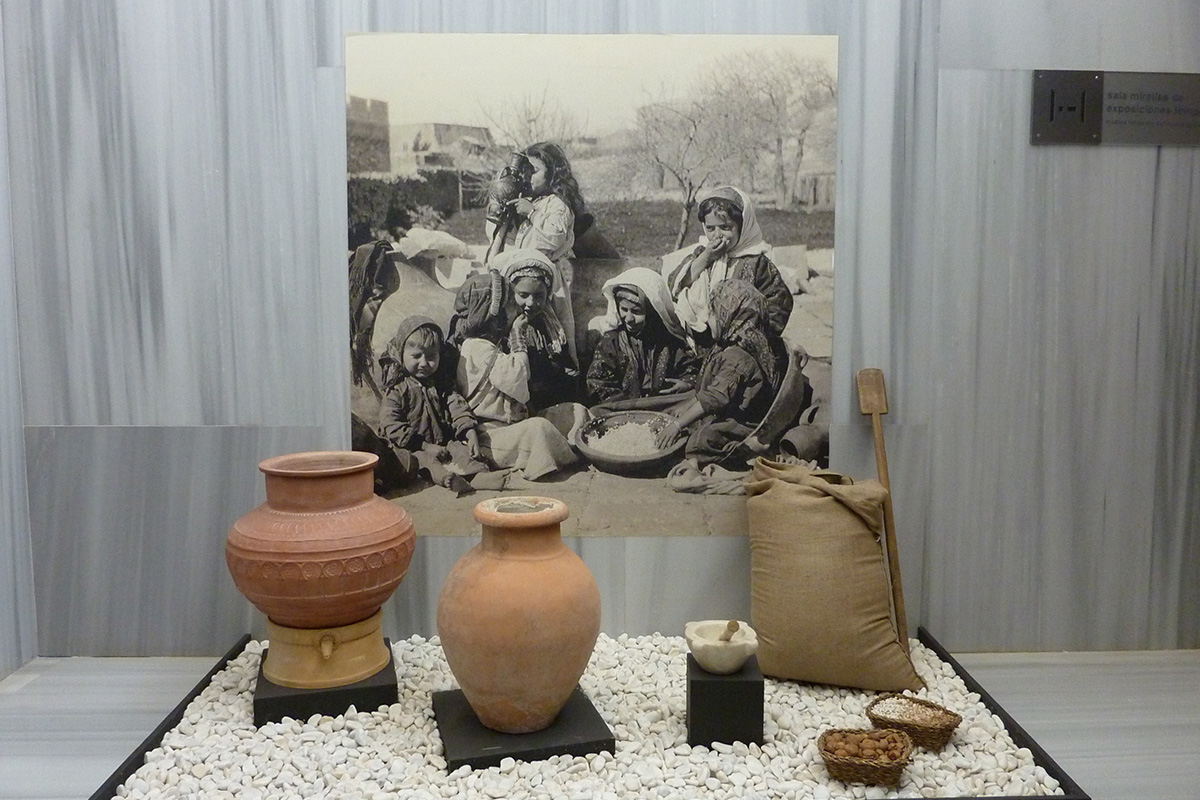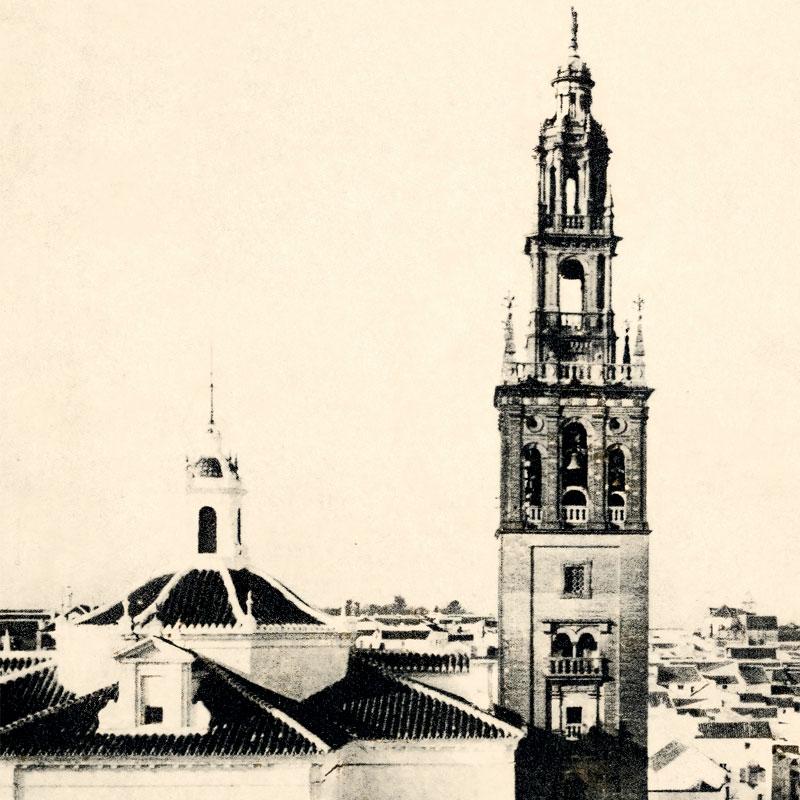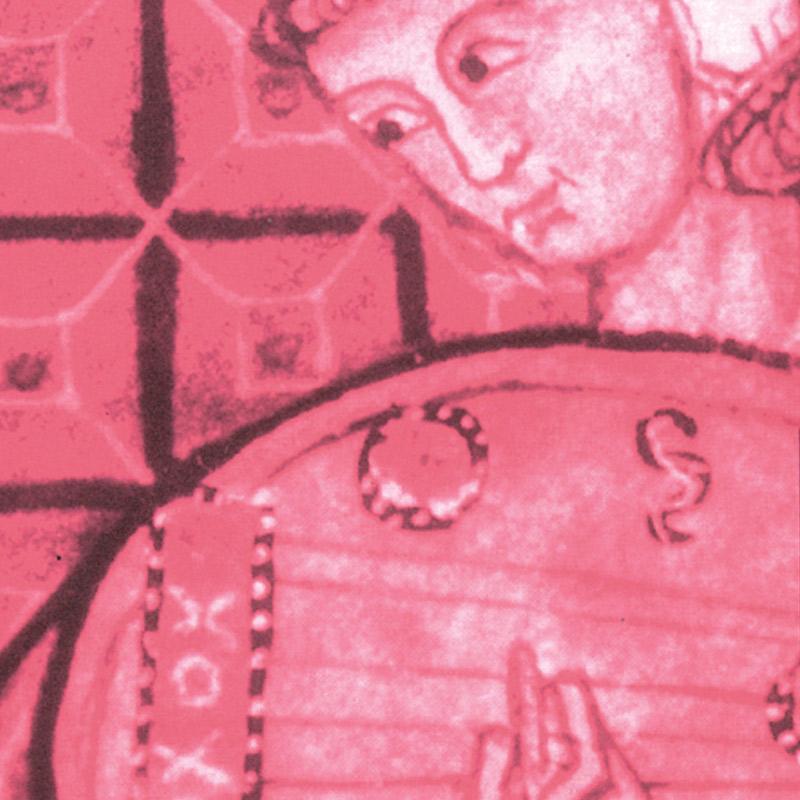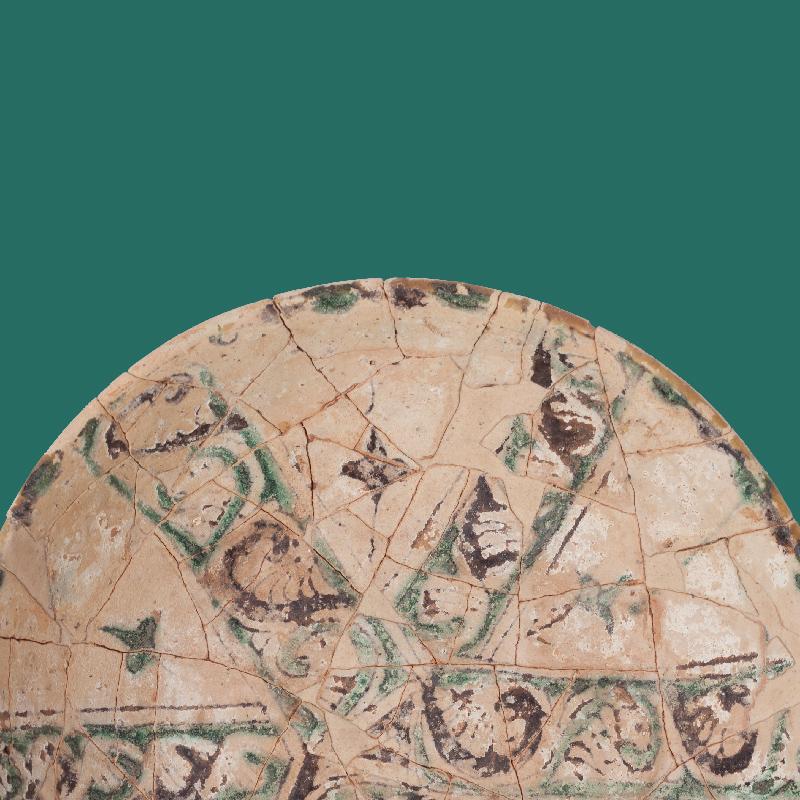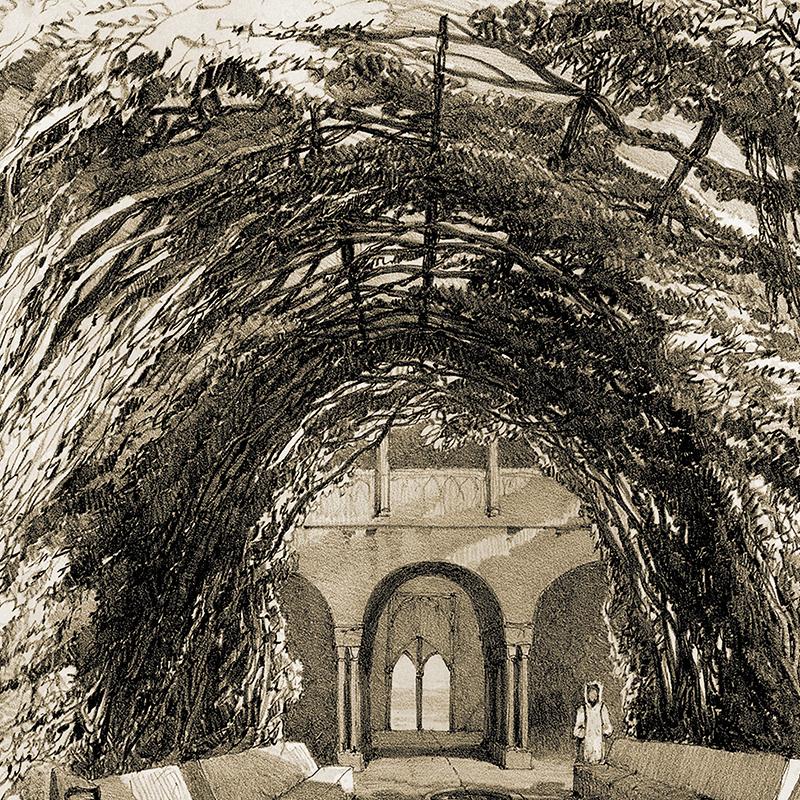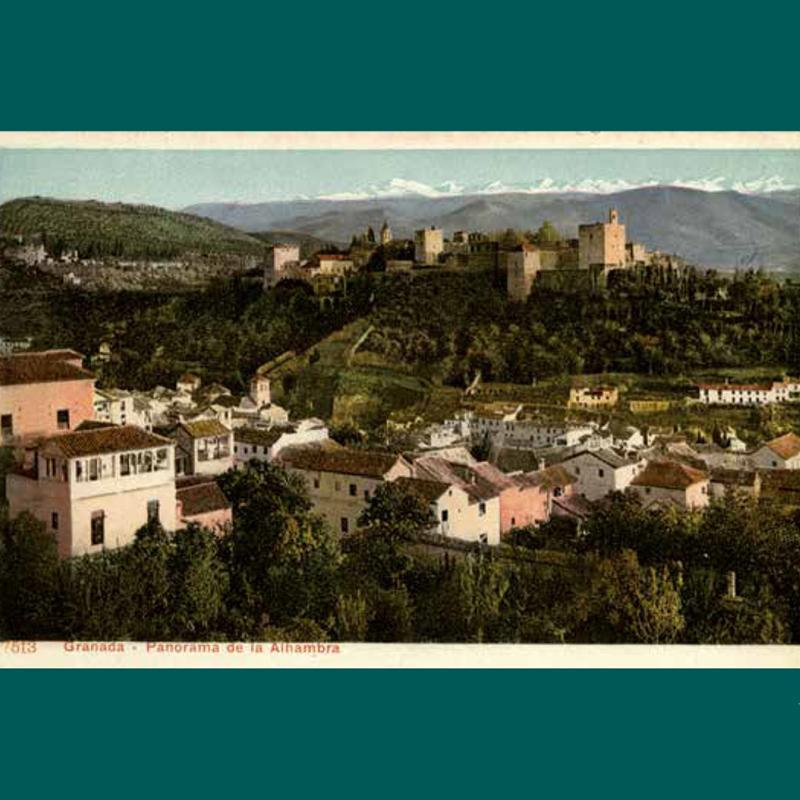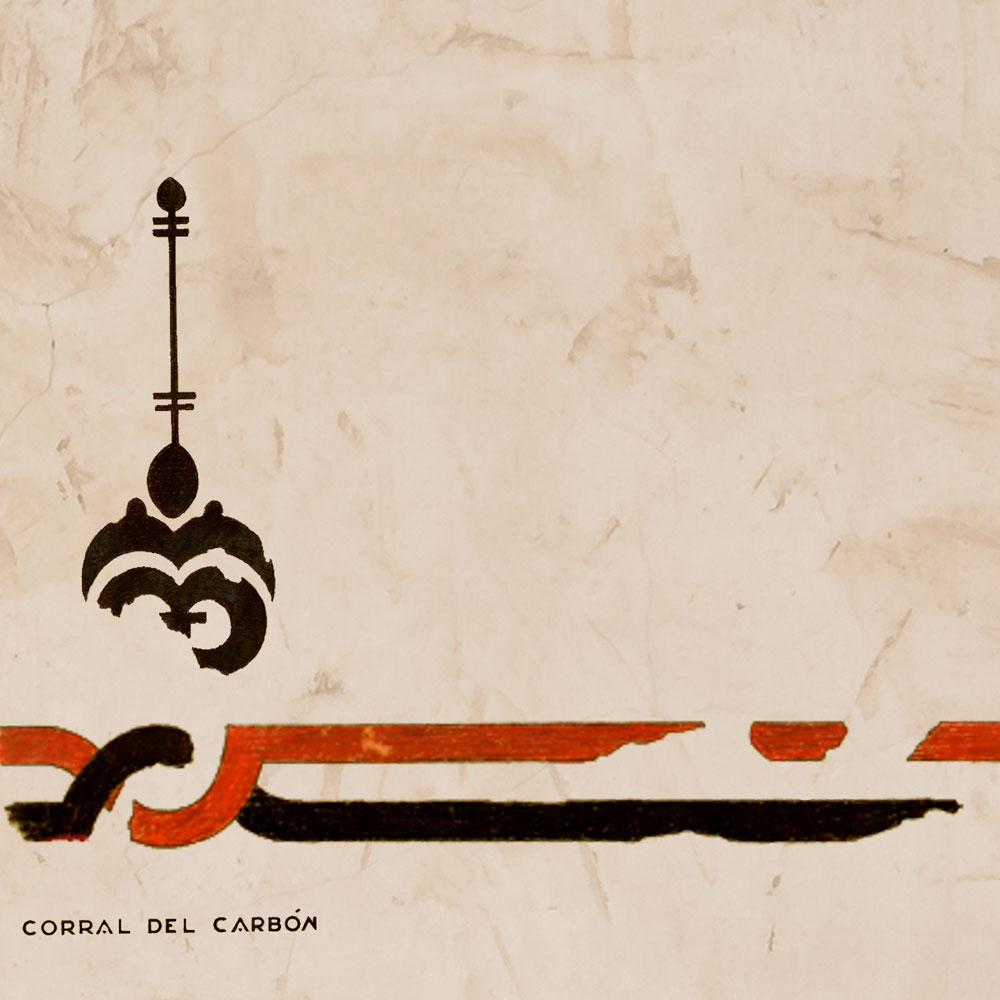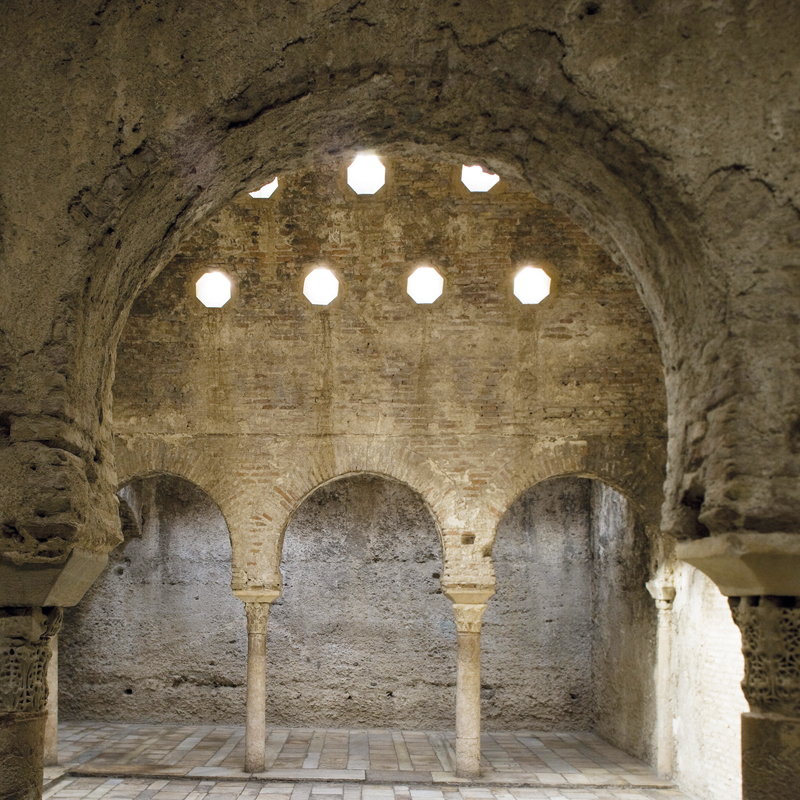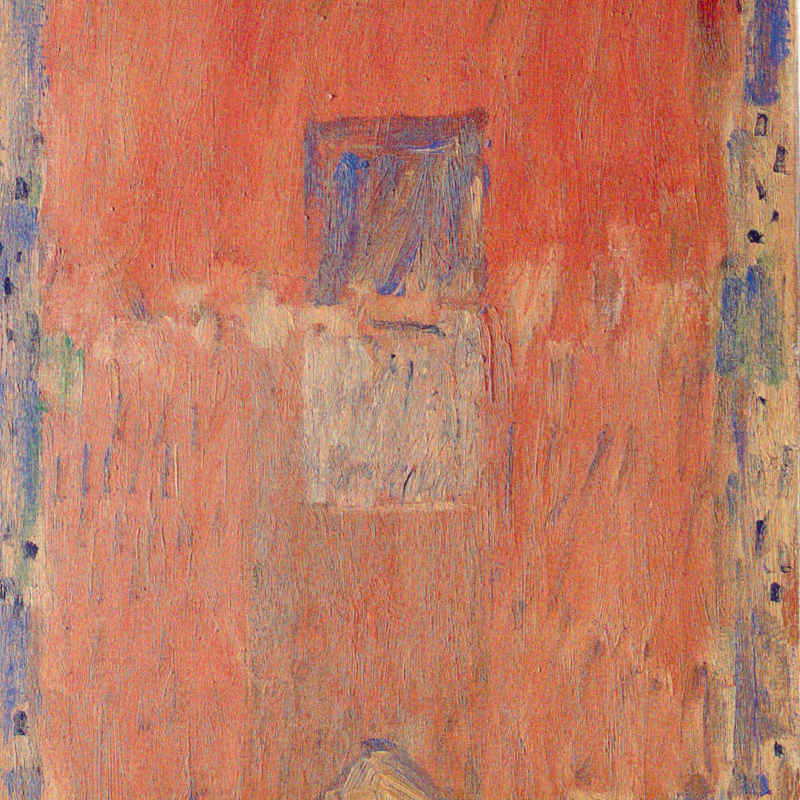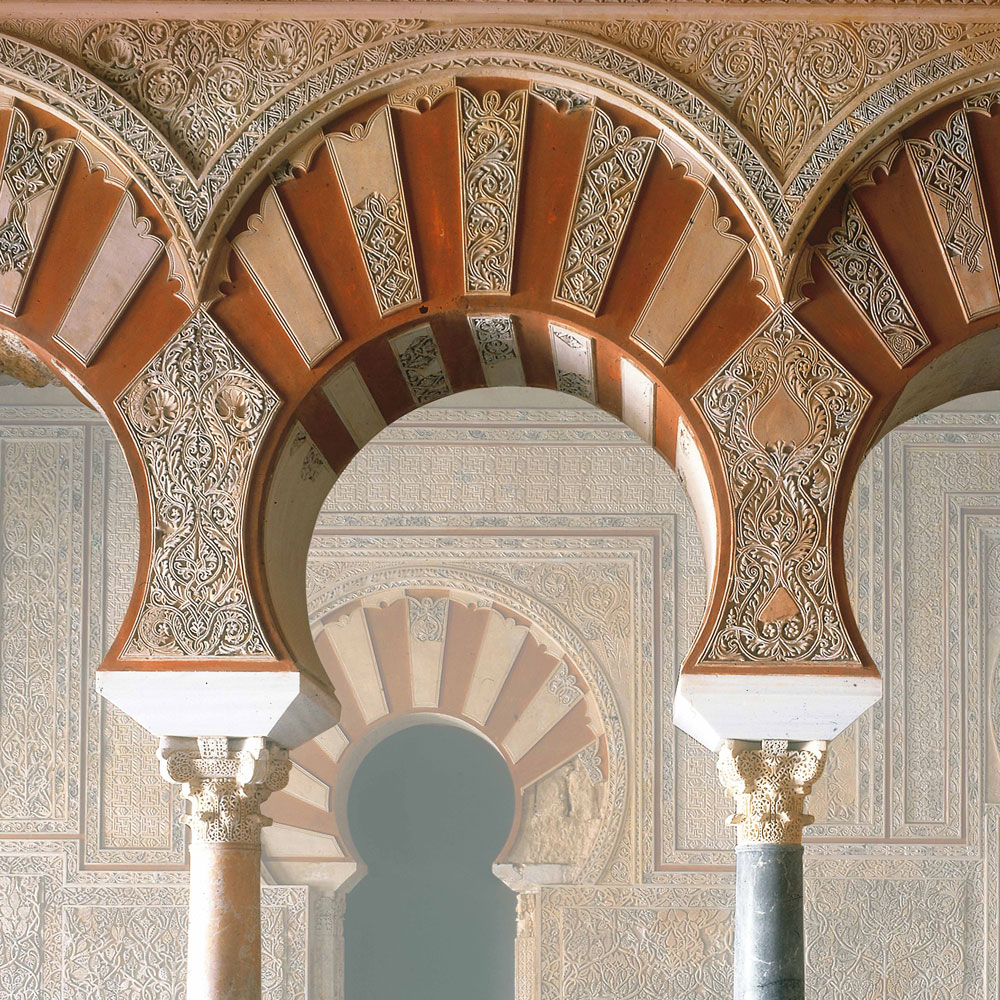Art and culinary uses in al-Andalus
13 December 2018 – 17 March 2019
Almería Museum
No. of exhibits: 300
Visitors: over 14.000
During the period of al-Andalus, between the 8th and 15th centuries, the population’s diet underwent significant changes. New ingredients and crops arrived from the East, such as rice, sugar cane, aubergines, pumpkins…; new cooking processes were conceived, tableware refined, technical innovations were introduced in the manufacture of the objects used in the kitchens, new fashions arrived, changing the way of serving food on tables, etc.
This exhibition focused on the culinary customs in al-Andalus and the art associated with them. Its main objective was to enlighten every aspect related to the gastronomy in al-Andalus: what was eaten, main ingredients used, how they were prepared, where were they cooked, what the tools used, how was it served and how much of all this has remained today.
For this purpose, archaeology, historical chronicles, literary, legal, agricultural and medical works were analysed, the hisba treaties –that suggested how the souks were to be governed–, as well as the Andalusi recipe books preserved. All these sources provide us with very rich details on the cuisine of al-Andalus, the tableware used and the products consumed, , not forgetting our current cuisine, direct heir of the gastronomy of al-Andalus, that provides us with rich details about it.
The result was an exhibition that gathered more than 100 archaeological objects from different museums, manuscripts, typical ingredients of the Andalusi cuisine that are still to be found in our kitchens, the reproduction of a set of ceramic tableware of more than 110 pieces, a complete collection of old postcards, etc.



